E.T. THE EXTRA-TERRESTRIAL (1982)
A troubled child summons the courage to help a friendly alien escape from Earth and return to his home planet.
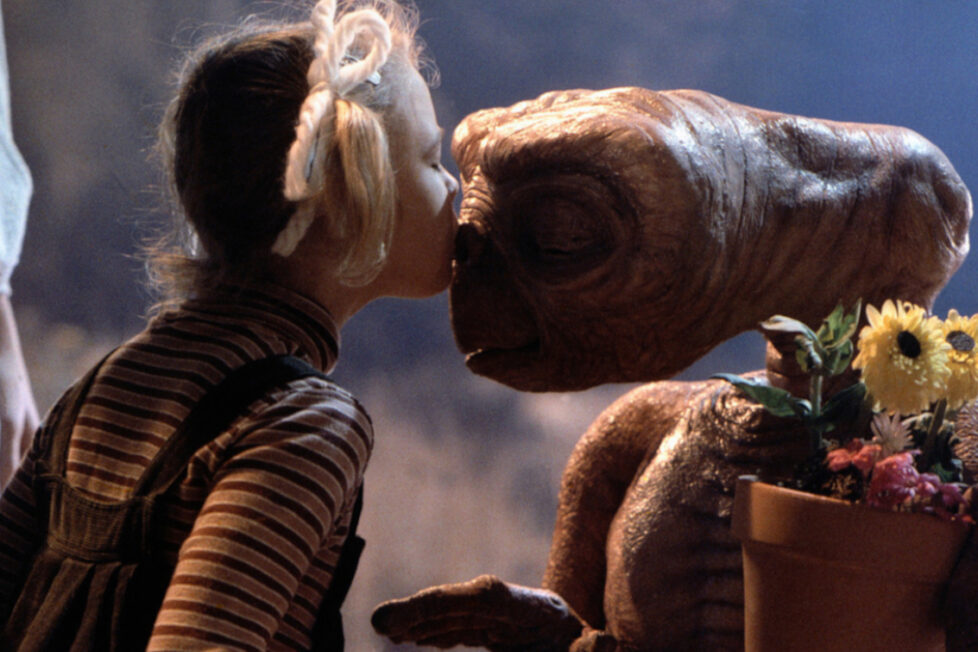
A troubled child summons the courage to help a friendly alien escape from Earth and return to his home planet.


E.T. the Extra-Terrestrial is a perennial favourite. It never gets old because there’s always a new generation to experience it. Those who see it at the right age will never forget how it felt to discover something scarily wonderous, then find it to be a friend in need, realise it’s just what they needed themselves, and feel the deep pangs of love, loss, and hope all packaged in an exciting, perfectly paced, and ultimately positive cinematic adventure.
It’s the deep emotional core that keeps E.T. fresh, eternally appealing, and relevant. It touches upon concepts of compassion, tolerance, and displacement. It examines how we may define ourselves by the way we empathise with the other—an important lesson that can still be applied on a global scale considering our attitudes toward refugees and climate justice.
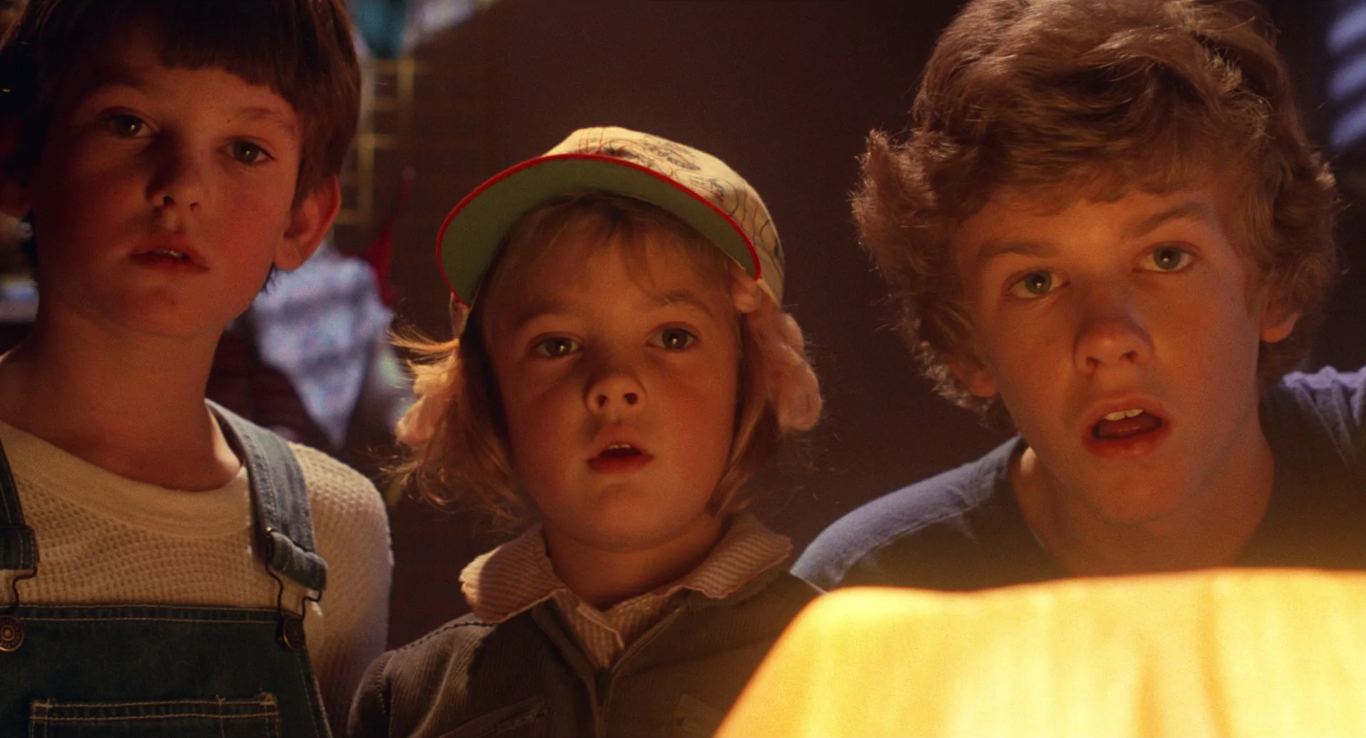
It employs fantasy to examine profound truths so, whilst it’s certainly science-fiction, it’s also one of the most affecting modern fairy tales. That’s why it captured the imagination of a far broader audience than anyone predicted—not least its director and distributors.
It’s been 40 years since the first phenomenal success of the movie that would go on to outperform all its predecessors at the box office, losing none of its appeal over the decades. When adjusted for inflation, E.T. still sits comfortably among the Top 10 highest-grossing movies of all time. A budget of around $10M wasn’t bad for the early-1980s—it’s the same as Poltergeist (1982) which director Steven Spielberg was producing simultaneously—but it’s about half of what Spielberg’s Close Encounters of the Third Kind (1977) or Raiders of the Lost Ark (1981) cost, which demonstrates his considerable talent for making a modest budget really work hard on screen. E.T. always looked as good as the former, better than the latter, and would be the highest earner of the batch, by far.
Being so heavily reliant on various VFX, one might expect it to have aged poorly. Fortunately, Spielberg gave it an overhaul for its 20th-anniversary special edition to fix all that. Some subtle digital intervention smoothed out a few of the lumpier practical effects and enhanced the VFX sequences. He even restored a couple of small scenes that, for technical reasons, weren’t convincing enough to make the first cut. He also made a prescient decision to disarm the state troopers and FBI by replacing their guns with walkie-talkies. Usually, it’s bad to mess with a classic. I considered the Special Edition a restoration, not a redux, though Spielberg now has misgivings about it, as do many fans! He considers the recent cinematic and Blu-ray re-release the definitive Director’s Cut. (Though I have a soft spot for the original version as it was the one I saw ‘at the right age’.)
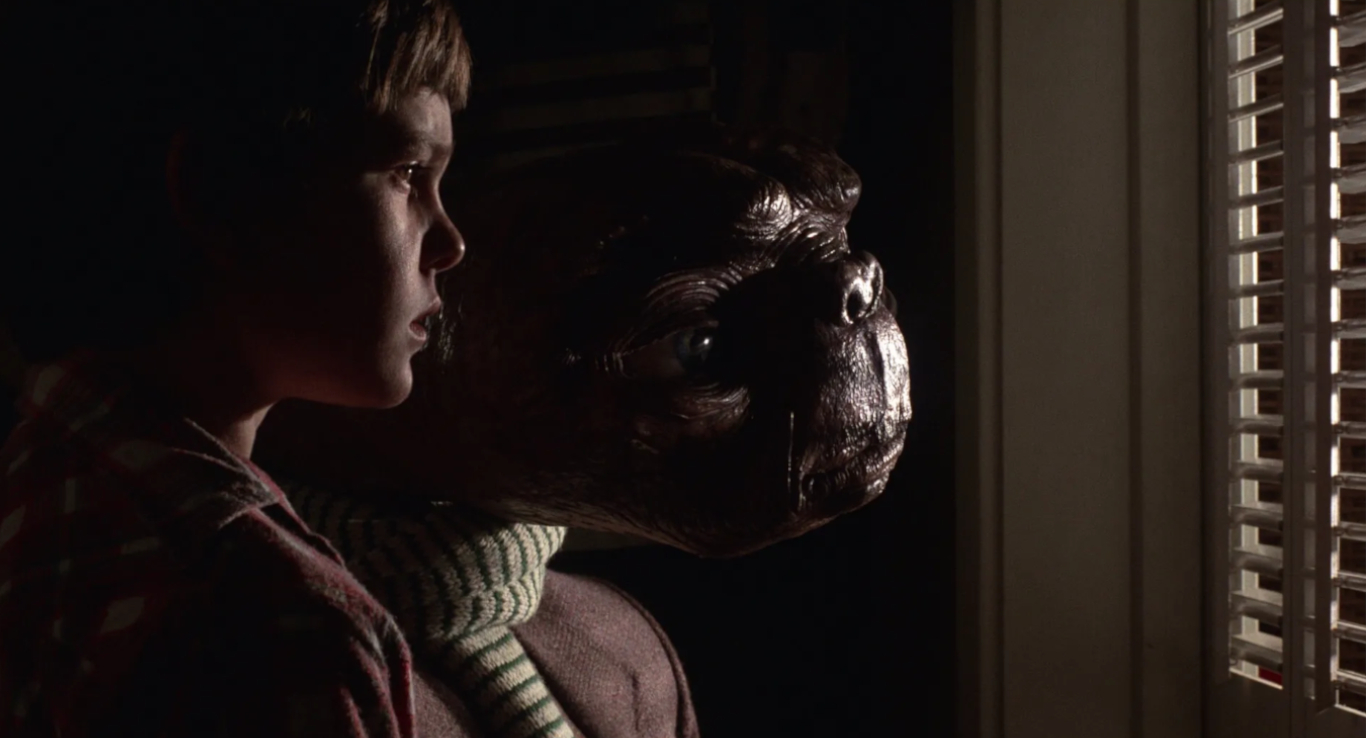
As E.T. has entered into broader cultural consciousness and is one of the few classics that can genuinely be called ‘iconic’, there’s little need for me to summarise. I need only quote the famous line “phone home”, or the emotionally loaded “I’ll be right here”, perhaps even simply a poignant “ouch…” Any reader who’s seen the movie, even just once, will probably hear them in that distinctively gentle, drawn-out, and croaky voice.
I envy those who’ve yet to see the film with fresh eyes but, briefly, it’s the story of a 10-year-old boy called Elliott (Henry Thomas) who befriends a stranded alien and desperately tries to protect him from the perils of our world. In his courageous attempt to return the creature to its own world, he’s aided by his older brother Michael (Robert MacNaughton), and younger sister Gertie (Drew Barrymore), and eventually by their mother (Dee Wallace) along with a mysterious government agent (Peter Coyote).
The principal cast delivers excellent performances, particularly the child actors. Even E.T. the animatronic designed by Italian artist Carlo Rambaldi and operated by 12 puppeteers and three smaller performers, can be considered a gifted actor, especially after its facial expressions were digitally refined by Industrial Light and Magic (ILM) for the reissue.
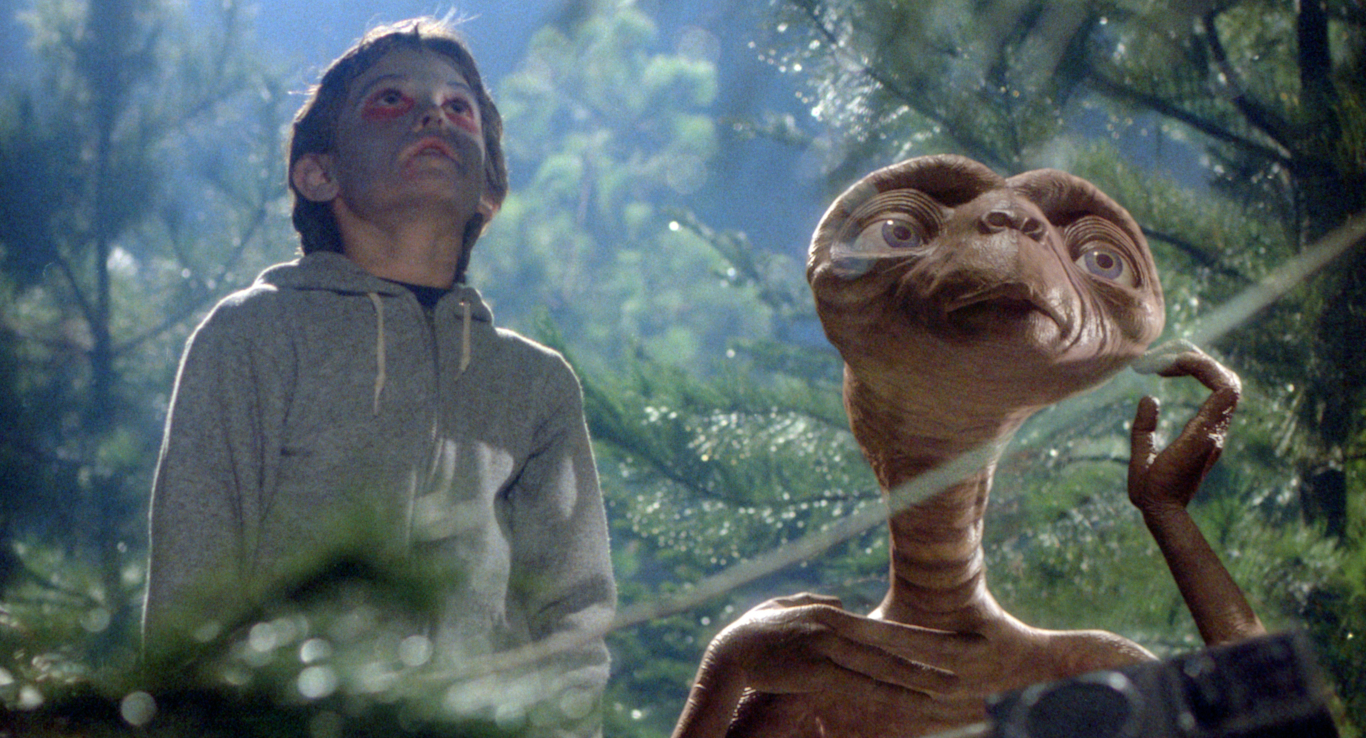
Having said that, it really is Elliott’s story, and Henry Thomas does an outstanding job of conveying his journey from a realistically irritating, troubled brat to an emotionally developed and complex individual. The catalyst for this change is the telepathic bond he develops with the alien, literally he finds someone else who really listens to and understands him. That’s something many children long for when they’re deeply affected by life’s events but before they’re emotionally equipped to fully express themselves.
We are in the company of a typical ‘Spielbergian’ family, with well-observed domestic details and a quickly-sketched yet convincing dynamic that seems long-established with its petty tensions and frictions. Yet there’s also a deep affection and we know they’ll come through whatever conflict comes their way, together with their familial bonds strengthened. Interestingly, it’s an already fractured family in the process of healing after the parents’ separation. Firstly it’s E.T. and then, perhaps, Peter Coyote’s agent that fills the gap left by the absent father.
Spielberg has said he sees himself in Elliott and with E.T. he was coming to terms with his own parents’ divorce, though that happened when he was a much older teenager. When he was younger, just like many lonely children, Spielberg had an imaginary friend (a benign alien) to talk things over with. He’d been thinking about making E.T. ever since and knew the imaginary friend metaphor to be a recurring motif in many successful, timeless narratives. Elliott was also the name of the invisible dragon in Pete’s Dragon (1977) and there are several parallel plot points. The most overt references are to J.M Barrie’s 1911 classic of children’s literature, Peter and Wendy, featuring his recurring character Peter Pan.
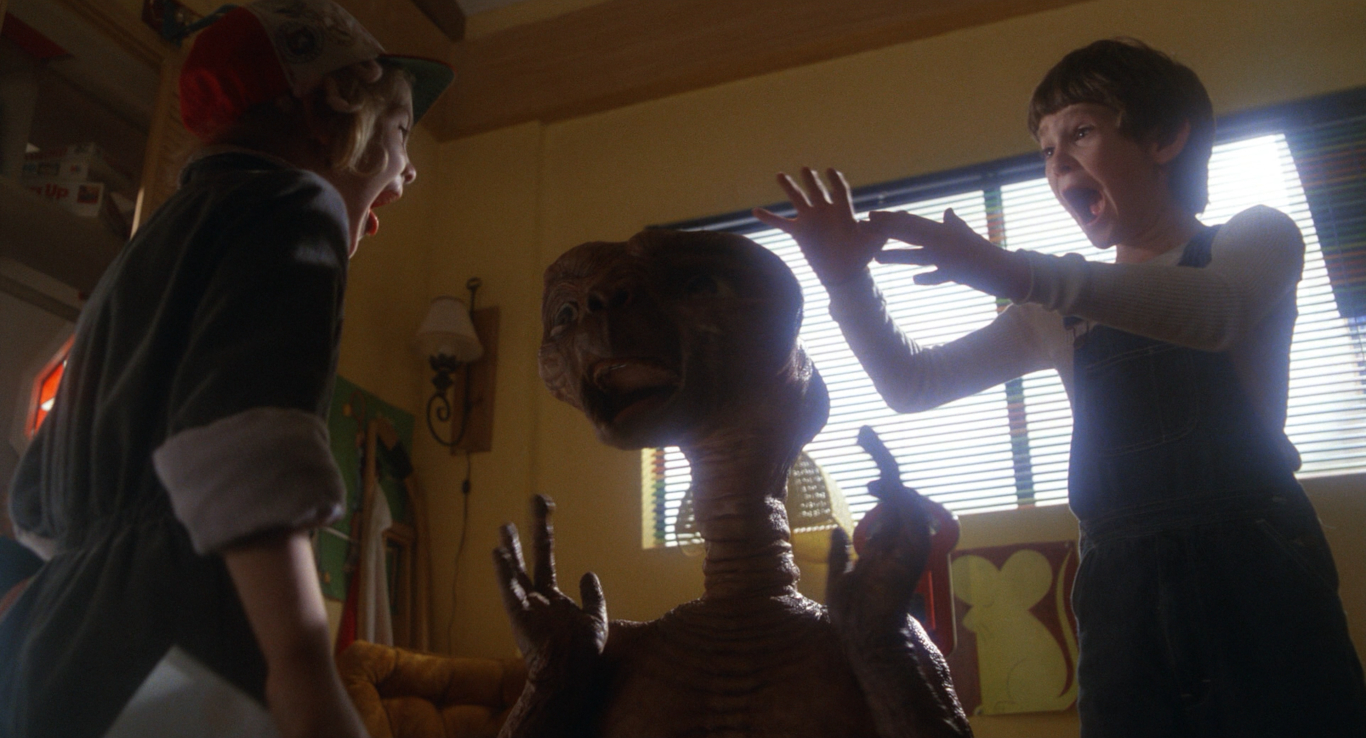
There’s a scene where Gertie and her mother are reading from the story and, clearly, E.T. is an updated ‘stand-in’ for the boy who could fly. He’s also a magical being who brings a sense of wonder, adventure, and yes, danger, into the children’s lives. He too can fly and, through him, so can they in the well-known bicycle before the moon sequence that became the corporate emblem of Amblin Entertainment.
Angels, dragons, fairies, cryptids, and aliens have all been dominant archetypes of their eras and all eventually metamorphosed from malign to benign. Biblical angels were pretty scary superbeings that could level cities, dragons decimated entire regions until slain, fairies were malicious tricksters or spirits of the vindictive dead, and cryptids have always been a mixed bag, but some would surely devour the unwary. By the 1950s they’d all been trumped by UFOs in the public imagination and aliens were the new monsters coming for our world, or our women at least.
However, all these fantastical creatures were eventually tamed by our mainstream culture. Angels became gentle, lute strumming spirits; friendly dragons like Puff, Elliott, and Toothless became more popular than their old terrifying incarnations; as early as the 1820s, illustrator Amelia Jane Murray popularised the diminutive, benign, child-friendly image of fairies; and come the 20th-century, regional cryptids were given nicknames, like Nessie, and had been harnessed for tourism.
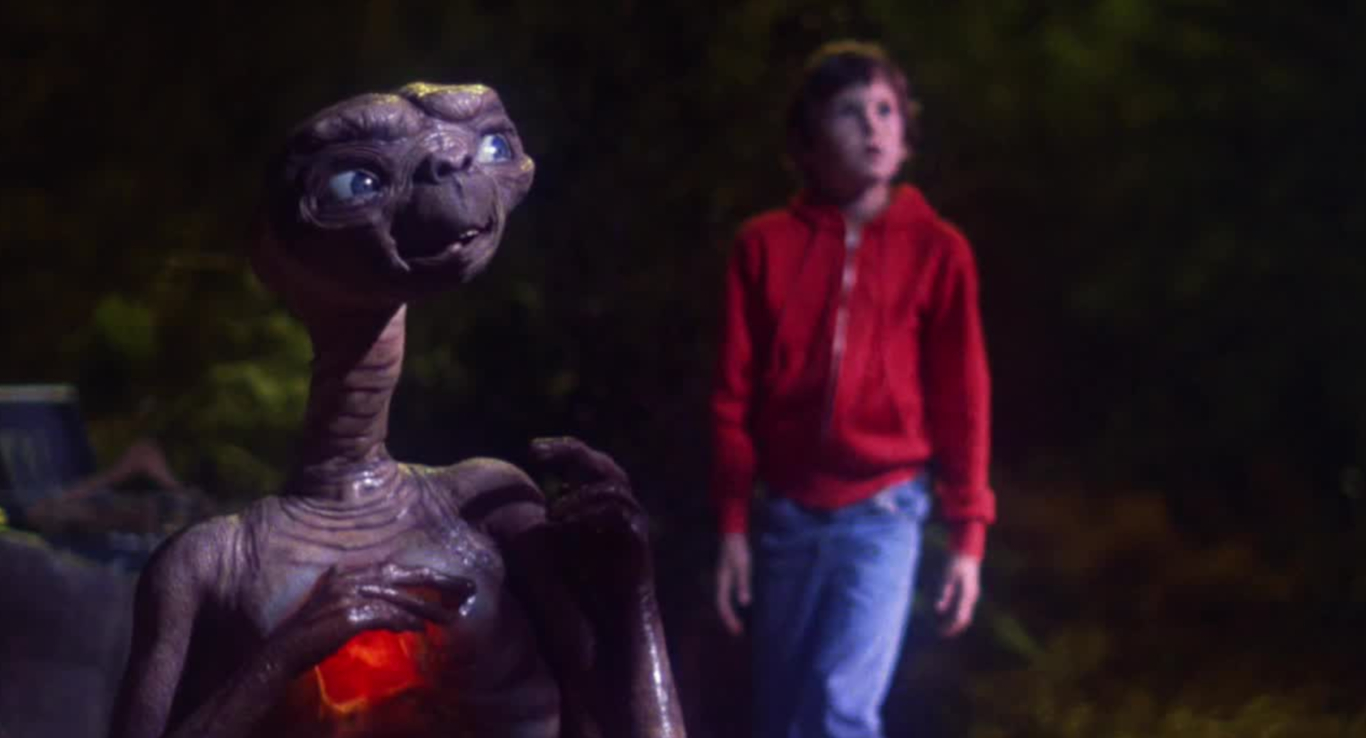
Scary aliens began to fall from fashion as the UFO craze injected an element of mystery and wonder. During the late-1960s and into the 1970s, magazine features and bestselling books about the phenomena were rife, culminating in a huge cinematic expression of the zeitgeist in Close Encounters of the Third Kind. It was one of the extra-terrestrials from that movie’s memorable finale that inspired Spielberg to start developing a sequel. He felt a sense of loss when the alien, which bears a passing resemblance to E.T., returned to its mothership. Possibly because it reminded him of his childhood friend, he longed for it to remain. He wanted to know what would happen if the little guy had been left behind and realised there was a potential story in that.
It’s generally accepted that the project Steven Spielberg began developing for Universal early in 1978, under the working title Growing Up, was the first material inkling of what would become E.T. The project involved some sort of script written in collaboration with Robert Zemeckis and Bob Gale, featuring only children in the main roles and would be told ‘through their eyes’. It was even slated for filming later in the year and allocated a meagre budget of $1.5M but it was never progressed.
The idea of conveying a narrative totally through the children remains in E.T. which has no adult characters for the first act, except for the mother and the sinister glimpses of ‘Keys’ in pursuit of the alien as it runs scared through the forest. Oh, and of course, we’re not sure what age, or gender, the E.T. is but it shares childlike characteristics. Also, the camera was deliberately fixed at a child’s eye-level, making the world look big and strange to adult viewers yet also familiar, reminding each of their own childish self.
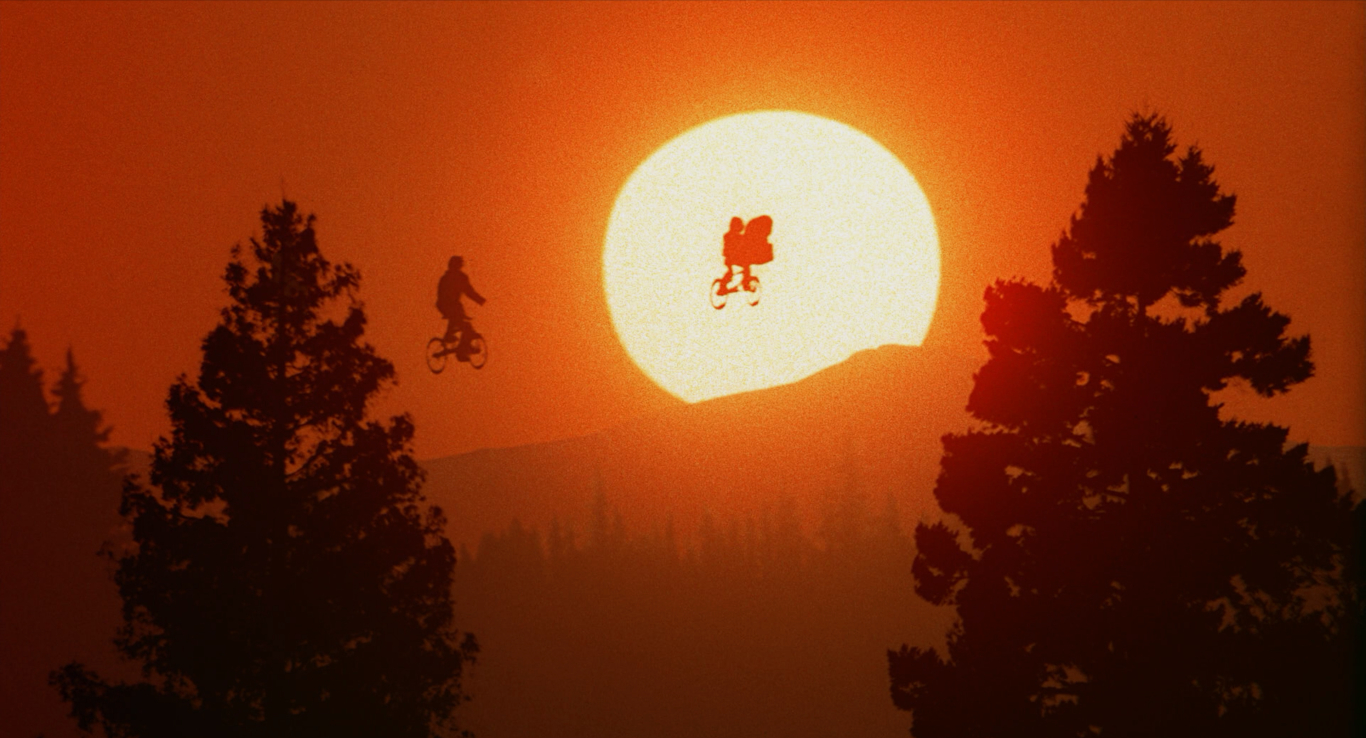
It seems that Growing Up was swamped by preparations for the epic war comedy 1941 (1979) written by the same team with the addition of John Milius, who was also an executive producer. Kathleen Kennedy was assistant to Milius and she and Spielberg talked over his ideas for a follow-up to Close Encounters. However, their energies were soon diverted again, this time into developing Raiders of the Lost Ark, though there are mentions of a parallel project under the working title of A Boy’s Life.
Apparently, it was Kathleen Kennedy who later brought Melissa Mathison onboard to write the script for E.T. and Me, after being impressed by her first screenplay for The Black Stallion (1979). They’d met on location for Raiders of the Lost Ark where Mathison often accompanied her future husband, Harrison Ford. Production for E.T. was delayed while Spielberg was overseeing final editing on Raiders and he and Kennedy were completing production of Poltergeist. With these three major projects overlapping with the founding of his own company, Amblin Productions, it was a busy time for Spielberg!
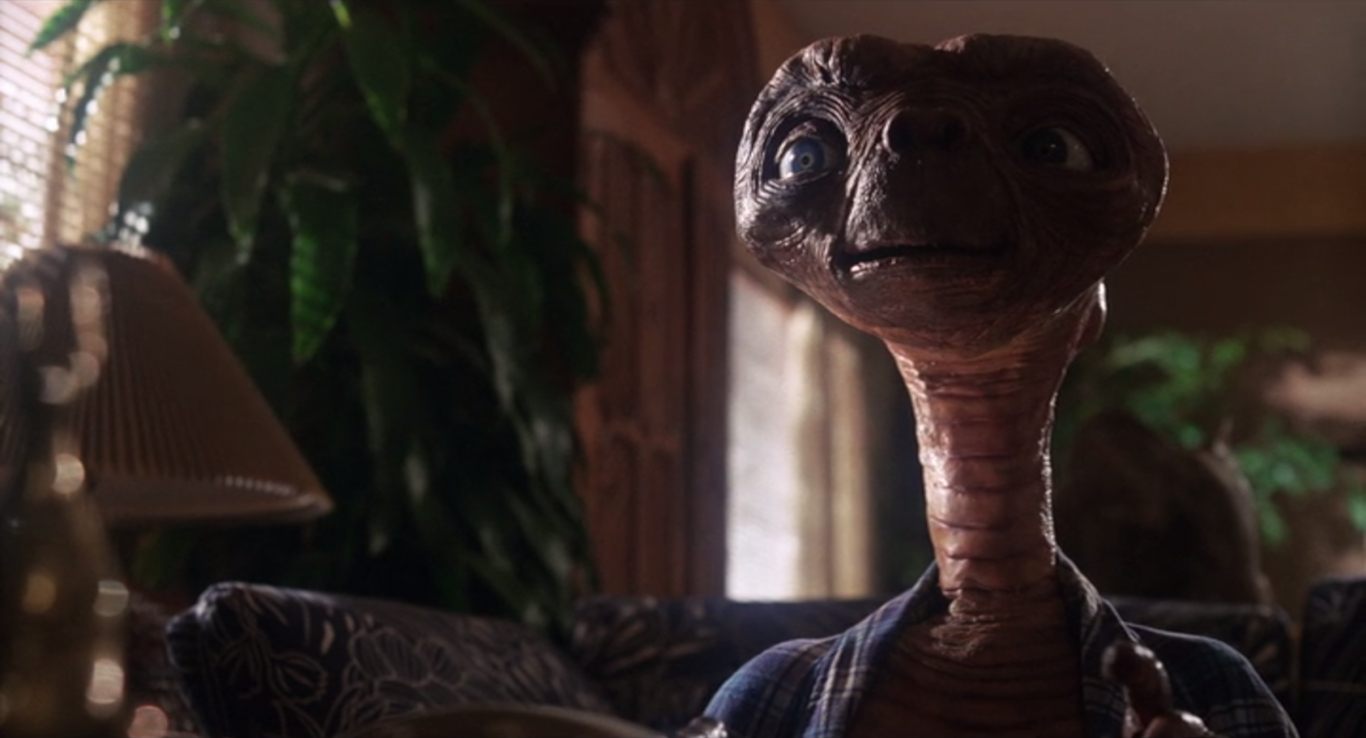
First things first, and reportedly a special effects team spent around $700,000 on prototype versions of the alien prop before admitting defeat and handing the job over to Carlo Rambaldi who it is said spent a further $1.5M on developing three different versions of the E.T. for specific purposes. There were versions that could move freely with an operator inside, used for medium and long shots, such as the sequence where it gets drunk in the kitchen, and for the trick-or-treat street walk, for this the performers were Pat Bilon, Tamara De Treaux, and a legless boy named Matthew De Meritt. Spielberg insisted that the main puppet be able to interact in real time with the young cast and also be obvious that it was not someone in a rubber suit. To achieve this, the sets were built raised high enough for operators to work beneath, like in a Muppet movie and the main animatronic prop required 12 operators and could perform 150 complex actions.
Carlo Rambaldi was already a genre legend. He’d been responsible for the alien affectionately known as ‘Puck’ for Close Encounters—the one that Spielberg yearned for. He also had a long and impressive track record in Italian cinema. Since bringing the dragon to life for Sigfredo (1957), he’d worked with horror maestro Mario Bava several times including miniatures for Planet of the Vampires (1965), production design for the pop art crime caper Danger: Diabolik (1968), special effects for influential giallo Bay of Blood (1971), a genre he returned to for Francesco Mazzei’s L’arma, l’ora, il movente / The Weapon, the Hour, the Motive (1972), Dario Argento’s Four Flies on Grey Velvet (1971) and Profondo Rosso / Deep Red (1975). He’d already won two Academy Awards for the VFX in King Kong (1976) and Alien (1979), for which he oversaw the mechanical head effects. He would receive his third Oscar for E.T.—one of four statuettes the crew would take home. The other three were for ‘Best Sound’, ‘Best Sound Effects Editing’, and ‘Best Music’ for the superb score by John Williams.
Of course, it took the combined acting of the three child stars to really ‘sell’ E.T. to the audience. Spielberg shot their scenes in continuity, so they were literally living the story in narrative order. To them, the alien ‘puppet’ became a real friend and in their agile imaginations, when he was dying, it was almost for real. Their imaginary friend, who they could see and touch, would be gone when the production wrapped. Their magical adventure on set would really come to an end. They weren’t told how it was going to end, so their emotions were as real as they could be and that powerfully comes across. Their performances, along with the accomplished cinematography of Allen Daviau, are what really immerse the audience in the fantasy world. Daviau was an old friend of Spielberg’s and had shot his early short, Amblin’ (1968).
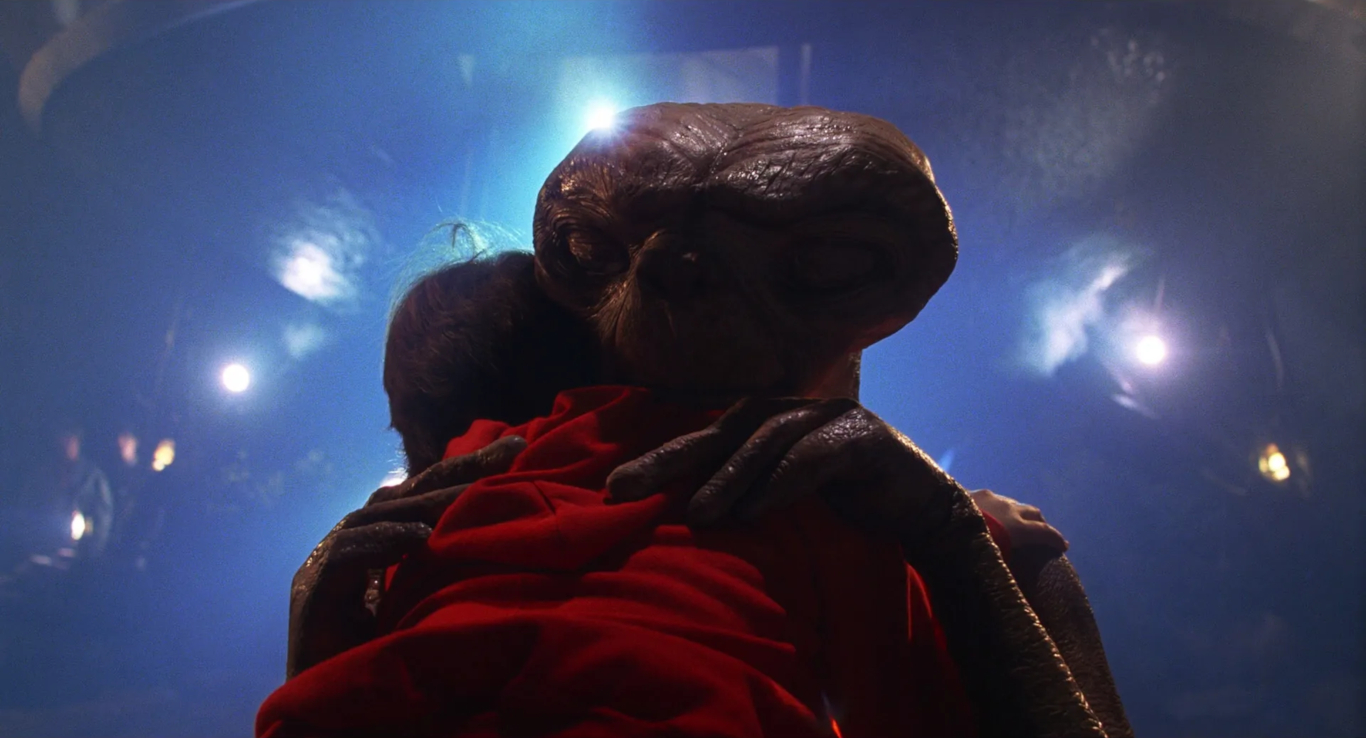
Ahead of its June premiere, E.T. the Extra-Terrestrial was selected as the closing night feature presentation at the Cannes Film Festival in May 1982 where it was positively received. On general release, it topped the New York Times box office chart and took $13M in its first three days, instantly earning back more than its budget and becoming the most successful opening weekend in history for Universal Pictures.
With success like that, there were inevitable calls for a sequel. Spielberg and Mathison wrote a treatment, dated July 1982, for a follow-up that had the kids abducted by a bunch of evil, carnivorous, cadaverous, red-eyed, and fanged aliens. They’re so terrifying that Elliot’s fear is intense enough for E.T. to sense it and come to the rescue. It was basically a horror film and rolled the progress of Close Encounters and E.T. back to the alien menace mayhem of the 1950s. Spielberg quickly made the decision that a sequel would only tarnish, as he put it the ‘virginity’ of the original and it would be 37 years before a sequel, of sorts, finally materialised…
With E.T: A Holiday Reunion (2019), all the memories of first seeing the original all those years ago came flooding back. For a four-minute, incredibly schmaltzy Christmas advert for Xfinity network (Sky TV in the UK), it really hit the nostalgia feels— ‘ne’re a dry eye in the house’, as they say. The Lance Acord directed short saw Henry Thomas reprising the role of Elliott, a generation later, when E.T. pays an unexpected visit to meet his family.
It deliberately mimicked a few memorable moments (the children just had to fly on their bikes, didn’t they) and showed how the world had changed, mainly represented by the internet and VR. Basically a condensed remake, but it works as a nice little epilogue with the E.T. and Elliott reunion reminding those who saw it ‘at the right age’ how their hearts had ached at their first parting. It’s enough as a kind of closure that reminds us why there’s still no need for that abortive sequel. You can find the short online and it’s worth a watch if there’s no time to sit through the original, yet one feels the need for an emotional E.T. top-up.
USA | 1982 | 114 MINUTES | 1.81:1 | COLOUR | ENGLISH

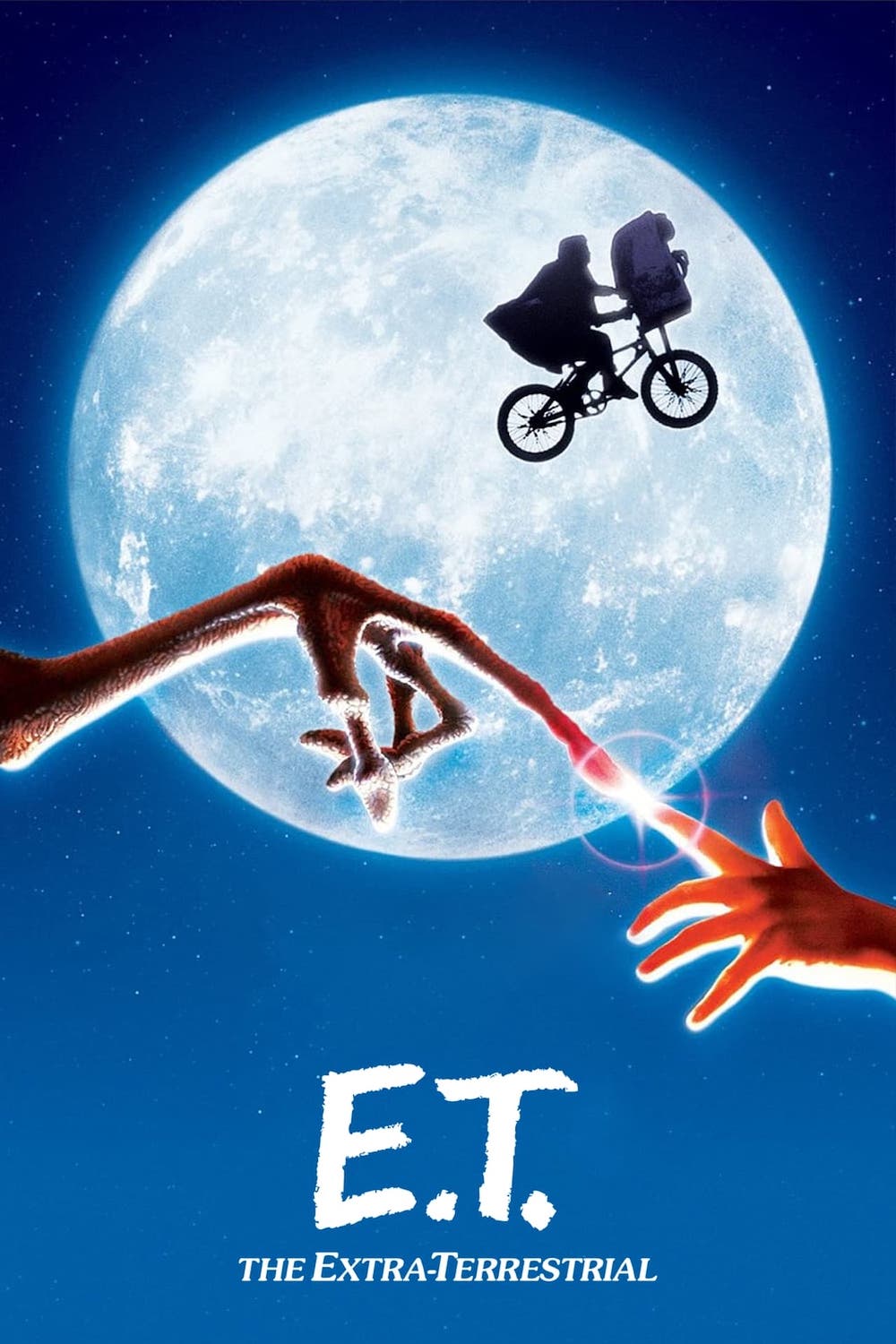
director: Steven Spielberg.
writer: Melissa Mathison.
starring: Dee Wallace, Henry Thomas, Peter Coyote, Robert MacNaughton & Drew Barrymore.
